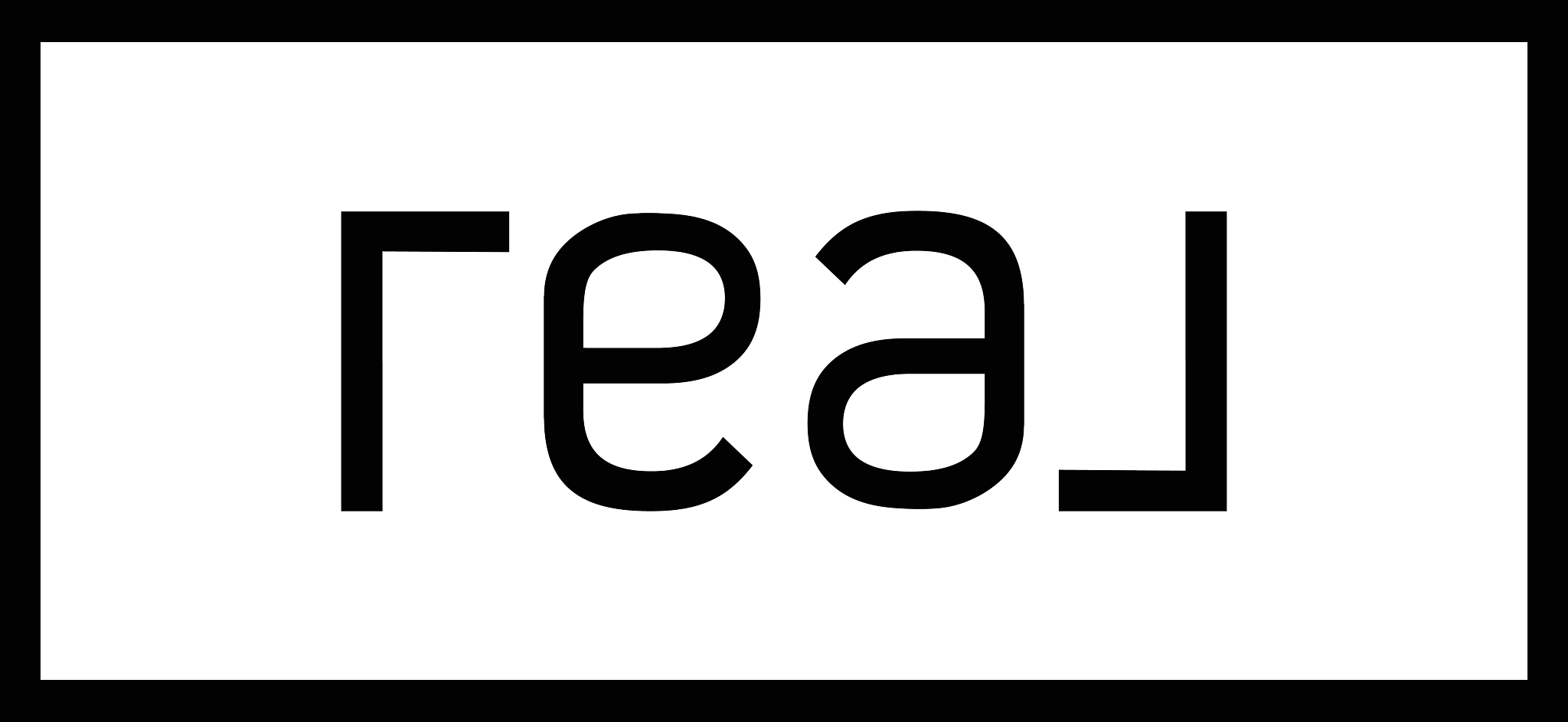June 2024 Twin Cities Metro Market Report - Brad Lacher; Realtor
Homes Sold
99.1%
Sale-to-List Price
6,347
+20.9% New Listings YOY
4,334
+8.5% Under Contract YOY
7,705
+14.1% Total Inventory YOY
3,806
+13.8% Closed Sales YOY
Listings rising twice as fast as sales, but buyer demand continues to outpace supply
- New listings up 20.3%; pending sales rose 7.7%
- The median sales price increased 4.5% to $350,000
- The average market time was flat at 42 days on market
(May 15, 2024) – According to new data from Minnesota Realtors®, seller activity increased, and buyers were also more active compared to April of 2023. Home prices and inventory both rose, but affordability issues persisted due to supply/demand imbalance.
Market Activity
The Minnesota spring market typically hits peak activity levels during the late spring and early summer months, and the April 2024 numbers follow that trend. Due to the dynamic market of the past few years, it's critical to assess data year-over-year to paint an accurate picture. Statewide, we’ve seen seven consecutive year-over-year increases in new listings and five consecutive increases in pending sales. So far this year, there have been 20% more new listings and 10% more pending sales compared to the same period last year. But because seller activity is rising faster than sales, inventory levels were up 18.2% to 12,408 active listings. That’s the number of homes on which buyers can write offers. While expanded listings mean buyers can expect more options, the market remains tight and undersupplied. This all partly reflects Minnesotans adapting to today’s rate environment and being more willing to make a move. Selling and buying is much easier for homeowners who have built up equity in their first or current home. However, the current affordability landscape poses a significant barrier for aspiring first-time buyers. But the only constant is change, and careers, health needs, retirement, household composition, and more can all necessitate a move.
More supply is still needed across the price spectrum—especially in the range where most first-time buyers look to enter the market, which is the $250,000–$350,000 price bracket. There are currently 2.2 months' supply of inventory, but a balanced market has between 4–6 months. That shortage is keeping prices on the rise, even in the face of higher rates. The median home price in April was up 4.5% to $350,000, the second largest gain since November. Listings spent about 42 days on the market, which was even with last April. Sellers accepted offers at 99.1% of their asking price, which was a bit lower than 2023. “Even as inventory levels rise, sellers are still finding they have the upper hand in most areas and price points,” said Geri Theis, President of Minnesota Realtors®. “Buyers should understand that while they have more options, there is still competition. That’ll be even more true if rates fall.”
Regional Dynamics
Market activity always varies across areas, price points, and property types. The Grand Rapids, Alexandria and Duluth/North Shore regions saw the largest gains in listing activity, while pending sales were up the most in the Alexandria, Grand Rapids, and Bemidji regions. Home prices rose the most in the Hibbing, Fergus Falls, and Bemidji regions although the highest-priced areas outside the metro are Detroit Lakes, Brainerd, and Rochester. The most balanced markets were Detroit Lakes and Bemidji while the most undersupplied markets were St. Cloud, Rochester, and the Twin Cities.
Twin Cities Metro Overview
From the big city to small towns, farmsteads or the cabin up north, anyone wanting to call Minnesota home will find many reasons to do so. As one might expect, home prices are higher in the metro but inventory levels aren’t rising quite as fast. Both new listings and sales had a slightly stronger gain in the metro compared to statewide. Twin Cities home sellers got 99.9% of their list price after 45 days compared to 99.1% in 42 days statewide. Absorption rates have highlighted a persistent undersupply issue for about a decade. There are currently 2.0 and 2.2 months of supply in the metro and state, respectively, as the housing supply shortage and affordability challenges are impacting every region of the state. Even so, there are reasons for optimism this summer and beyond.




